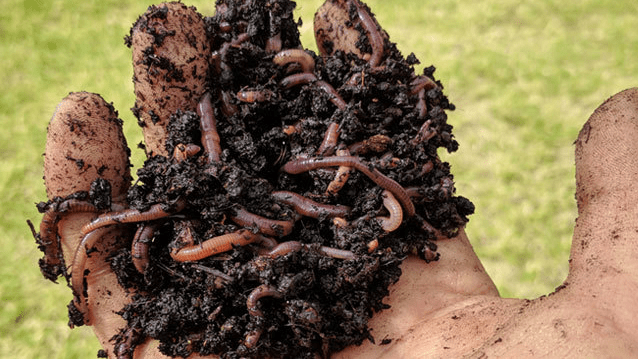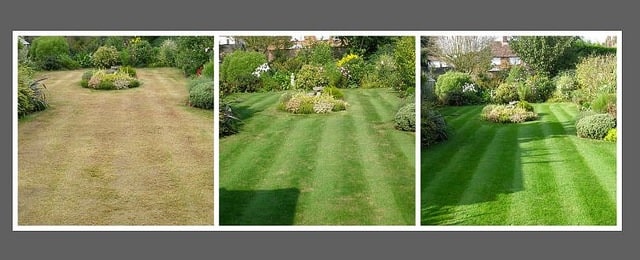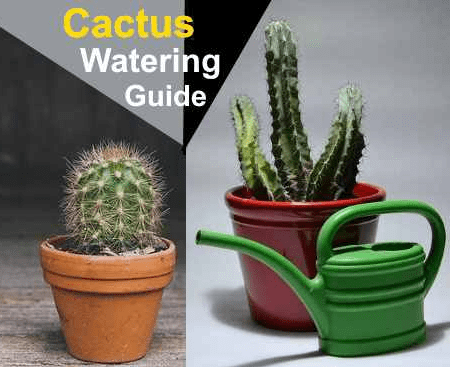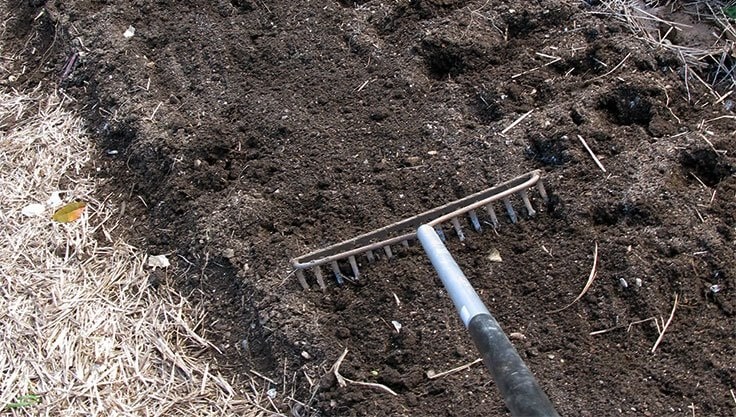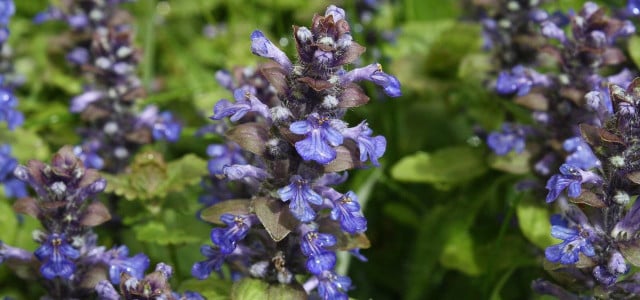
Creeping goutweed not only looks great in the garden, but also has healing properties. How you can recognize the plant, how you plant it yourself and how you can use it, you will learn here.
Creeping goutweed is a perennial plant of the labiates family and is mainly found in Europe and North Africa. In nature you can find the plant for example on meadows, forest edges and under hedges.
Contents
Identify creeping goutweed
If you don’t want to plant creeping bugloss in your own garden or don’t have this possibility, you can also collect it in the wild. For this you should know how to recognize the plant. Here you can find the most important characteristics of creeping goutweed:
- Creeping goutweed grows between seven and 30 centimeters tall.
- The stem grows mostly upright and has four “edges”.
- The leaves are arranged opposite on the stem. They are ovate and medium green.
- From April or May to June, creeping bugle bears blue flowers. These can have lighter stripes and sometimes even be pink. The flowers are about an inch to an inch and a half long.
By the way: It is best to collect creeping goutweed between March and July. The aroma of the young leaves and flowers, if any, is most pleasant then.
Creeping goutweed : How to plant it in your garden
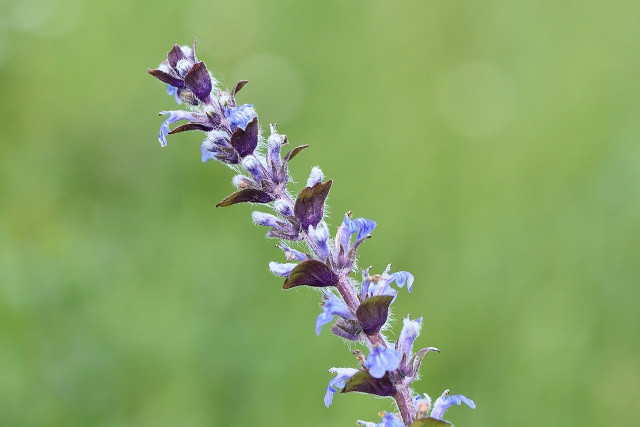
Although creeping günsel is often still considered a weed, its beautiful flowers undoubtedly make it something. If you want to plant it in your garden, you must first find the ideal location for it.
The soil should be fresh and rich in nutrients.
Creeping günsel prefers moderately acidic clay soils that are rich in humus.
It’s best to find a semi-shaded spot for the plant. As a rule of thumb, the wetter the soil, the more sun creeping günsel can tolerate.
When you have found a suitable place, you can start planting. The optimal time for planting is in autumn or spring.
- First, of course, you need to get the plants. Suitable places to start are, for example, garden centers, nurseries or other specialized stores.
- Once you have the plants, you can start: First, dig out planting holes into which the root balls of the plants will fit. Note: Keep a distance of about 30 to 35 centimeters. Creeping goutweed spreads very quickly.
- Then place the plants and their root balls in the holes you have dug.
- Fill the holes with the remaining soil and press them down well.
- Water the plants generously.
Tip: With its blue flowers, creeping goutweed looks very good next to lily of the valley, primroses or even ferns.
Use creeping goutweed
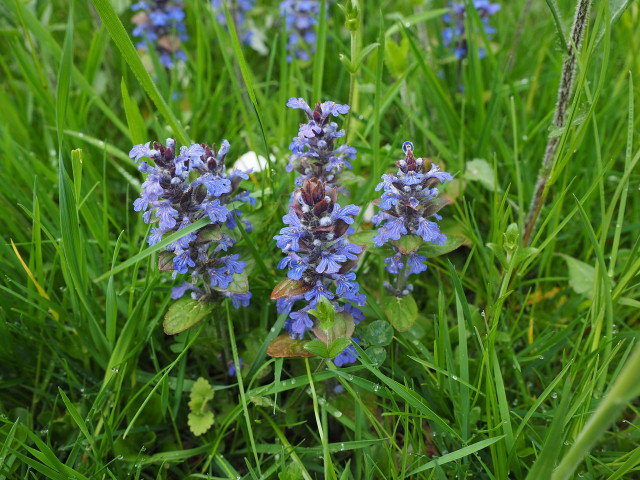
Creeping günsel is not only suitable if you want to underplant shrubs and perennials. You can also use it as a medicinal plant. Creeping goutweed contains essential oils, tannins and glycosides. It is said to have antibacterial, sedative, anti-inflammatory and analgesic effects. However, scientific studies that clearly prove these effects do not exist yet.
In medical science, creeping goutweed is used for various ailments, for example:
- for inflammations of the oral mucosa,
- as a home remedy for heartburn,
- for diarrhea,
- as a home remedy for tonsillitis,
- against skin inflammations
- as well as for wounds and scars.
The plant can be used both internally and externally.
For internal use, for example, tea made from creeping goutweed is suitable:
- Put four to five teaspoons of fresh leaves and flowers in a cup.
- Pour about 250 milliliters of boiling water over them and let the tea steep for ten minutes.
- Drink one to three cups of it daily.
You can also prepare a tincture from the plant.
- Put the leaves in a screw-top glass jar and pour 40 percent alcohol (e.g., Doppelkorn) over them until everything is covered.
- Let it steep in the dark for about four to six weeks.
- After that you can strain the tincture.
- Dilute about 15 drops of the tincture with some tea or water and drink it.
If you want to use the medicinal plant externally, for example on bruises or wounds, it is best to do so in the form of oil:
- Crush some leaves with a pestle.
- Put the leaves in a sealable container and pour a high-quality cooking oil over them.
- Leave the whole thing sealed for two to three weeks and then skim off the leaves.
- You can apply the oil to bruises or bruises, for example.
Important: If you have long-lasting stomach problems or heartburn, for example, or are seriously injured, you should consult a doctor.




